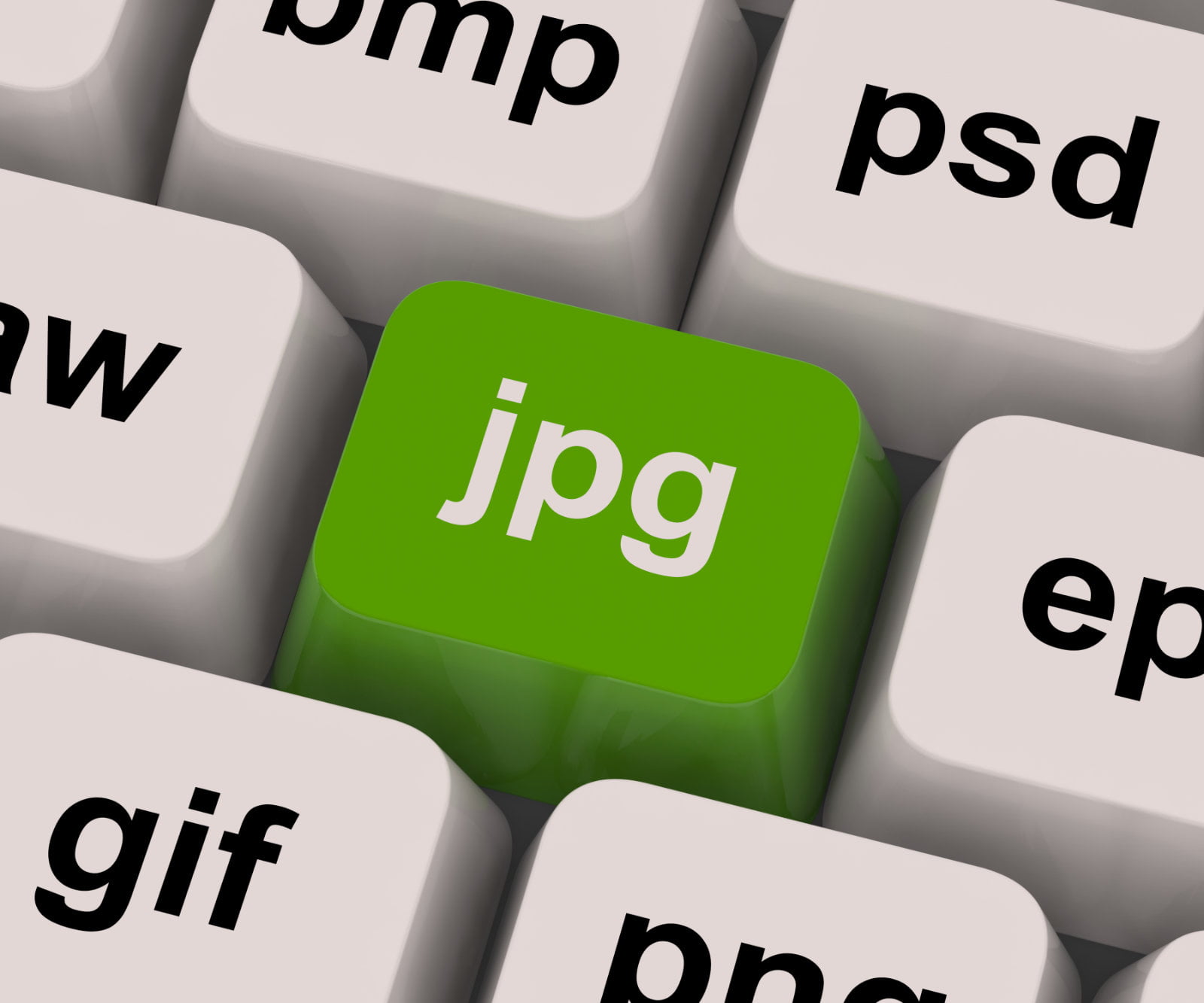Are You Struggling to Figure out How to Convert JPG to PES?
With the right file type, you’ll be able to set up embroidery tasks; you’ll need to convert that JPG/JPEG to a PES file to work with embroidery machines.
Working With Unfamiliar File Types? No Problem
When you create artwork for your brand or website, you will sometimes encounter unfamiliar file types that you’ve never worked with in the past. Your biggest fears of having to redesign an intricate image to use it for other purposes are coming true. However, there are some quick and easy ways to work through this problem, including learning how to use embroidery software on your own and hiring a professional designer from a third-party company.
What Is a JPG File?
Since many of the basic image editing programs have been designed with JPG file saving options, the vast majority of computer users should already be acquainted with these file types. If you’re not already familiar with these file types, please note that JPEG and JPG are used interchangeably, but they are virtually the same.
The main reason that this file type has remained around for such a long time is that JPG images allow for a greater amount of compression. However, the downside to compressing files is that the original image will lose its quality to minimize the file size. Compression rates are a variable that you should be able to alter to some degree to have a high-quality JPG file.
Who Uses PES Files?
While JPG is commonly used for images, PES file types may seem uncommon to many computer users. However, they are commonplace for folks working within the embroidery industry. PES files create what is called a “native embroidery image” that works well with most types of embroidery machines. If you are making an emblem with an embroidery machine, you’ll need the PES file to have a finely designed final product. You might also need this file type to send a design of your logo to an artist for their embroidery work.
How Do You Convert a JPG to a PES?
The first step to working with design files that are important to you is always to make sure you have your files backed up to an external hard drive, or you could upload them to a cloud file-sharing network.
Unfortunately, learning to convert JPG to PES on your own isn’t as simple as uploading the file to a converter tool. You might have experienced the simplicity of converting DOC files to PDF files in the past, but this is an entirely different process. The process is highly technical; in fact, professionals must take classes to become proficient at this skill.
Even though it’s not something you’ll be able to figure out in a few minutes, you could muster up enough patience to attempt to convert JPG to PES on your own. Start by downloading and purchasing the correct software for embroidery digitization.
This is an investment in technology, so be sure that you will use this skill often enough to justify it being worth your time and money. There are many classes available at colleges, trade schools, community centers, and universities.
You might be able to find helpful videos to guide you by learning about this process for the first time to realize if it’s something you would like to do professionally. If you want to make a career out of this, you should take classes with a reputable source.
The alternative that you could pursue to convert a JPG to PES is to attempt an automatic conversion. This is as close as it comes to magically changing file formats, but automatic conversions aren’t as detailed as an actual designer who knows their way around embroidery software.
You’ll find some free versions of this magic software that allow you to try it out for 30 days, but most of the time, automatic conversions aren’t worth it because the final design will look far different than the original image. If your original image is very simple, you might be able to get away with this type of shortcut.
Services to Assist With Conversions
The best results in this endeavor are often achieved by working with professionals in the embroidery digitizing industry. If you try to cut corners and do it on your own, your PES file might look too bizarre to use, for it will translate to a strange embroidered logo. You don’t want to misrepresent your company by using subpar designs.
Working with a professional means that someone with years of experience will convert your JPG to PES, so you will be able to rest assured that they’ll adequately address any irregularities that occur during the conversion. If you want people to take you, your business, and your ideas seriously, you must ensure that your embroidered logo looks fit to show to the world.
Most of the time, you will be charged an affordable fee for digitizing the original file into the PES format, and the fee is usually based on the number of stitches used in the design.
An additional benefit of subcontracting an embroidery digitizing service is their knowledge of other file outputs, not only PES. For example, CND, DST, EMD, PAT, and many more.
Small businesses and large well-known companies seek this service because most businesses don’t have the staff or internal resources to train someone on these processes. It’s far more affordable for most companies to hire a third-party company to make these types of designs.
The amount of time it takes to receive a mockup of the design is usually quick, but this will depend upon the amount of work in progress.

